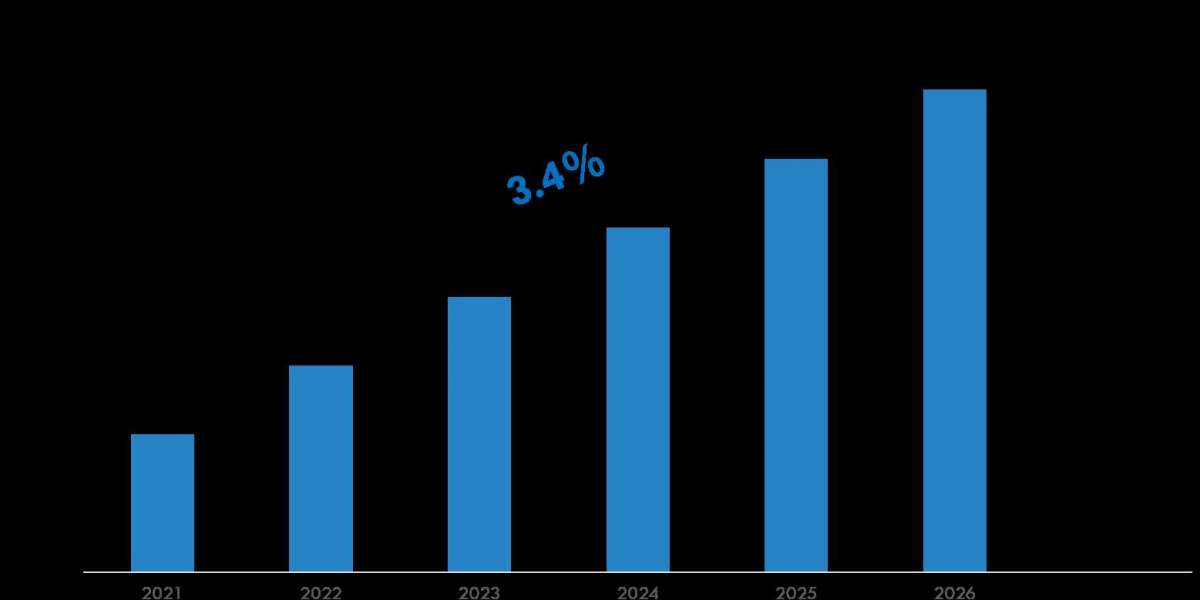The Yamaha YZF-R3 has carved a niche as a standout in the entry-level sportbike category since its debut in 2015. With its blend of approachable power, cutting-edge features, and iconic Yamaha R-Series styling, the R3 offers an exhilarating yet forgiving ride for beginners and seasoned riders alike. The 2025 model, in particular, elevates the game with modern updates that make it a compelling choice in the 250–400cc class. Let's dive into what makes the YZF-R3 a top pick for riders seeking performance, style, and reliability.
A Heritage of Performance
The YZF-R3 draws inspiration from Yamaha's legendary YZR-M1 MotoGP bike, evident in its aggressive aerodynamics and sleek lines. Powered by a 321cc liquid-cooled, inline two-cylinder engine, the R3 delivers 42 horsepower at 10,750 rpm and 21.8 lb-ft of torque at 9,000 rpm. Its high-revving nature, paired with a smooth-shifting six-speed gearbox, ensures responsive performance whether navigating city streets or carving canyon corners. The engine's DiASil (high-silicon aluminum alloy) block and offset cylinder design enhances heat dissipation and power efficiency, making it both reliable and fuel-efficient at an impressive 56 mpg.
Agile Handling and Lightweight Design
Weighing just 375 pounds with a full fuel tank and featuring a low 30.7-inch seat height, the R3 is nimble and confidence-inspiring. Its near 50/50 weight distribution, combined with a lightweight diamond-type steel frame, provides exceptional handling. The 2025 model introduces refined ergonomics, including a narrower seat and slimmer side covers, making it easier for riders to plant their feet at stops without sacrificing comfort during spirited rides.
The suspension system features inverted KYB front forks and a Monocross rear shock, tuned for a balance of sporty performance and everyday comfort. While some riders note the rear suspension can feel slightly soft on rough surfaces, the setup excels in dynamic environments like racetracks or twisty backroads. The 10-spoke cast aluminum wheels, paired with grippy Dunlop radial tires, further enhance responsiveness and feedback.
Modern Technology for Today’s Rider
The 2025 YZF-R3 embraces modern connectivity with Yamaha Motorcycle Connect (Y-Connect), allowing riders to pair their smartphones via a free app. This feature provides notifications for calls, emails, and messages, as well as ride data like fuel consumption, acceleration, and bike location. A new LCD instrument cluster displays this information alongside vital bike data, while a USB-A socket offers convenient charging for phones or heated gear.
Braking performance is solid, with a 298mm front disc and a 220mm rear disc. Optional dual-channel ABS, introduced in 2017 and standard on some models, boosts confidence in low-traction conditions. The 2025 model also introduces an Assist Slipper clutch, reducing hand fatigue and ensuring smoother downshifts by minimizing excessive engine braking.
Striking Design and Customization
The R3’s 2025 update brings a bold new fairing design with integrated winglets for improved aerodynamics, drawing cues from the YZF-R7 and YZF-R9. A single projector-type headlight, flanked by LED position lights, gives it a predatory look, while the redesigned tail section and LED taillight add a modern touch. Available in Team Yamaha Blue, Matte Stealth Black, and Lunar White/Nebular Blue, the R3 exudes premium style.
Riders often praise the bike’s customization potential. From aftermarket brake pads and braided lines for track enthusiasts to aesthetic mods that preserve its character, the R3 adapts to individual tastes. Owners on forums like Team-BHP and Yamaha R3 Forums highlight its reliability and low maintenance costs, making it a practical choice for daily commuting or weekend adventures.
Room for Improvement
While the R3 shines in many areas, some riders point out areas for refinement. The front brake, while effective, lacks the sharp initial bite desired for aggressive riding, although aftermarket upgrades can address this. The rear suspension can feel bouncy on rutted roads, and the lack of adjustable settings limits fine-tuning. Compared to competitors like the KTM RC 390 or TVS Apache RR310, the R3's higher price point in some markets (MSRP $5,499 in the US) may deter budget-conscious buyers, as noted in reviews from India.
Why Choose the YZF-R3?
The Yamaha YZF-R3 strikes a balance between performance and approachability, making it an ideal entry into Yamaha's R-World. Its 321cc engine offers a slight edge over rivals like the Kawasaki Ninja 300 and Honda CBR300R, delivering enough grunt for highway cruising (top speed around 110–112 mph) while remaining manageable for new riders. Its MotoGP-inspired design, lightweight chassis, and modern tech like Y-Connect make it a standout in its class.
Whether you're a beginner seeking a forgiving yet thrilling ride or an experienced rider looking for a nimble machine for urban commutes or track days, the YZF-R3 delivers. Its combination of style, performance, and reliability ensures that it remains a top seller for Yamaha, as noted in Cycle World and Motorcyclist reviews. For those ready to embrace the Supersport lifestyle, the 2025 Yamaha YZF-R3 is a gateway to two-wheeled excitement.








